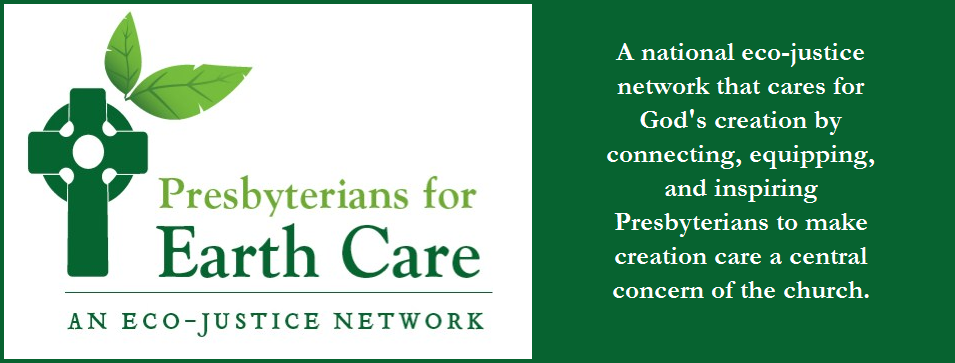EARTHKeeper for June – Dr. Kelly O’Hanley
The Joy of Making “Holy Trouble”
By Jenny Holmes
Why would an accomplished physician and teacher try to stop a hulking icebreaker ship headed to drill in the artic with her body and a little kayak? For Dr. Kelly O’Hanley, making “Holy Trouble” was just the right thing to do, and a calling. And, she says “I have had more fun than a barrel of monkeys.”

Kelly O'Hanley giving testimony at a hearing on the proposed Longview, WA coal terminal
In late July 2015, Shell Oil’s Fennica icebreaker departed from a dry dock in Portland. Climate activists attuned to how local industries are entangled in fossil fuel extraction quickly prepared the “Shell No!” action that became an international media event. The ship was blocked for two days. First, a group of about 60 “kayaktivists” created a blockade in the Willamette River. They were then joined by Greenpeace activists who dangled themselves from the graceful St. John’s Bridge. The kayakers did not know they were coming so it was a thrill to be joined by the 13 dangling from the bridge with their colorful banners. O’Hanley and her kayak partner stayed on the river until they were dragged out by the Coast Guard. They were then hauled up the river and dropped off on the shore without their paddles adding new meaning to “being up a creek without a paddle.”

Kelly O’Hanley’s interest in the environment was not new, but resistance and direct action were. She considered her work in ob-gyn and International Public Health one solution to environmental degradation. After screening An Inconvenient Truth by Al Gore at her church she became deeply concerned about global warming.
In retrospect, she feels that the film left us hanging without ideas for actions commensurate with the problem. “I tried to get my church to change light bulbs,” she said. It was clearly not enough. A few years later she attended a Greenpeace meeting and learned about civil disobedience. The opening question for one-on-one sharing was “Have you been arrested?” That got her attention.
She took more trainings on non-violent civil disobedience and began a rewarding journey. That journey has included leafleting, bird-dogging elected officials, flash-mobbing, lobbying, infiltrating political meetings, testifying at hearings, art-making, petitioning, laying on train tracks, peacekeeping at marches, speaking at rallies, teaching adult study, and more. She was active in influencing Portland City Council to oppose building any new fossil fuel infrastructure.
Some of the lessons she’s learned include:
- Kids are powerful advocates and are more aware and willing to be involved than we think.
- Art, music and storytelling are vital to powerful communication.
- Most of our power is local – and that power is far greater than most of us know.
- A small group of committed people can move mountains.
- Most activists are not necessarily Christians but they are deeply moral people.
- Most Christians are not necessarily activists. Let’s change that!
- We fear doing what we haven’t done before but getting over those fears is life changing.
- Meeting and scheming in the name of climate feels like it might have felt during earliest days of the church.
Photos by Rick Rappaport.
 Jenny Holmes lives in Portland, Oregon with her husband John and dog Verda. She is coordinating the 2017 PEC Conference Coordinator and is a past PEC moderator. She also works for Southern Utah Wilderness Alliances as the WA-OR Field Organizer and is former Environmental Ministries Director for Ecumenical Ministries of Oregon.
Jenny Holmes lives in Portland, Oregon with her husband John and dog Verda. She is coordinating the 2017 PEC Conference Coordinator and is a past PEC moderator. She also works for Southern Utah Wilderness Alliances as the WA-OR Field Organizer and is former Environmental Ministries Director for Ecumenical Ministries of Oregon. 
 The Rev. Judith Ann Richards of Underwood, WA is helping to plan worship for PEC's “Blessing the Waters of Life” conference and is a member of the PEC Eco-Justice Team. She was serving a church in Ketchikan, Alaska when her husband, a Presbyterian ruling elder, created these carvings. Harold "Pete" Richards, passed away in 2013. He was an educator who taught at the high school level. He loved to work with wood and loved God's Creation. While in Ketchikan Alaska, he assisted and developed plans to repair many churches throughout Southwest Alaska.
The Rev. Judith Ann Richards of Underwood, WA is helping to plan worship for PEC's “Blessing the Waters of Life” conference and is a member of the PEC Eco-Justice Team. She was serving a church in Ketchikan, Alaska when her husband, a Presbyterian ruling elder, created these carvings. Harold "Pete" Richards, passed away in 2013. He was an educator who taught at the high school level. He loved to work with wood and loved God's Creation. While in Ketchikan Alaska, he assisted and developed plans to repair many churches throughout Southwest Alaska. 




 Katharine Hayhoe is an atmospheric scientist known for her work bridging the broad, deep gap between scientists and Christians on climate change. For her efforts, she’s been named as one of Christianity Today’s “50 Women to Watch” and Fortune’s “50 Greatest Leaders.” Follow her
Katharine Hayhoe is an atmospheric scientist known for her work bridging the broad, deep gap between scientists and Christians on climate change. For her efforts, she’s been named as one of Christianity Today’s “50 Women to Watch” and Fortune’s “50 Greatest Leaders.” Follow her 
